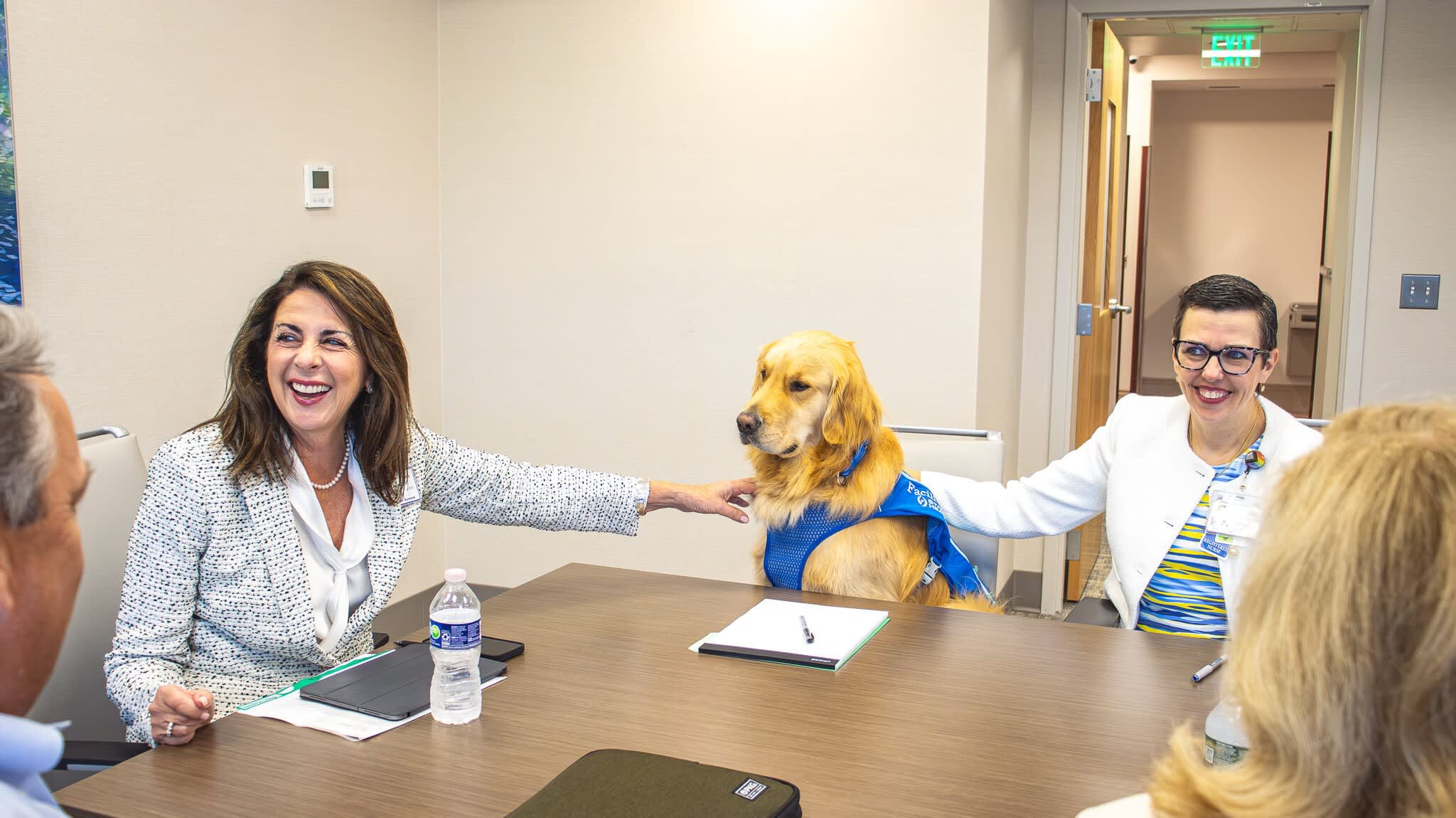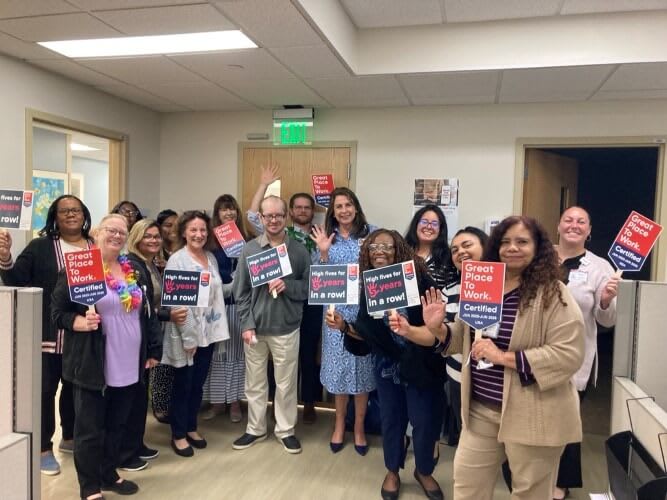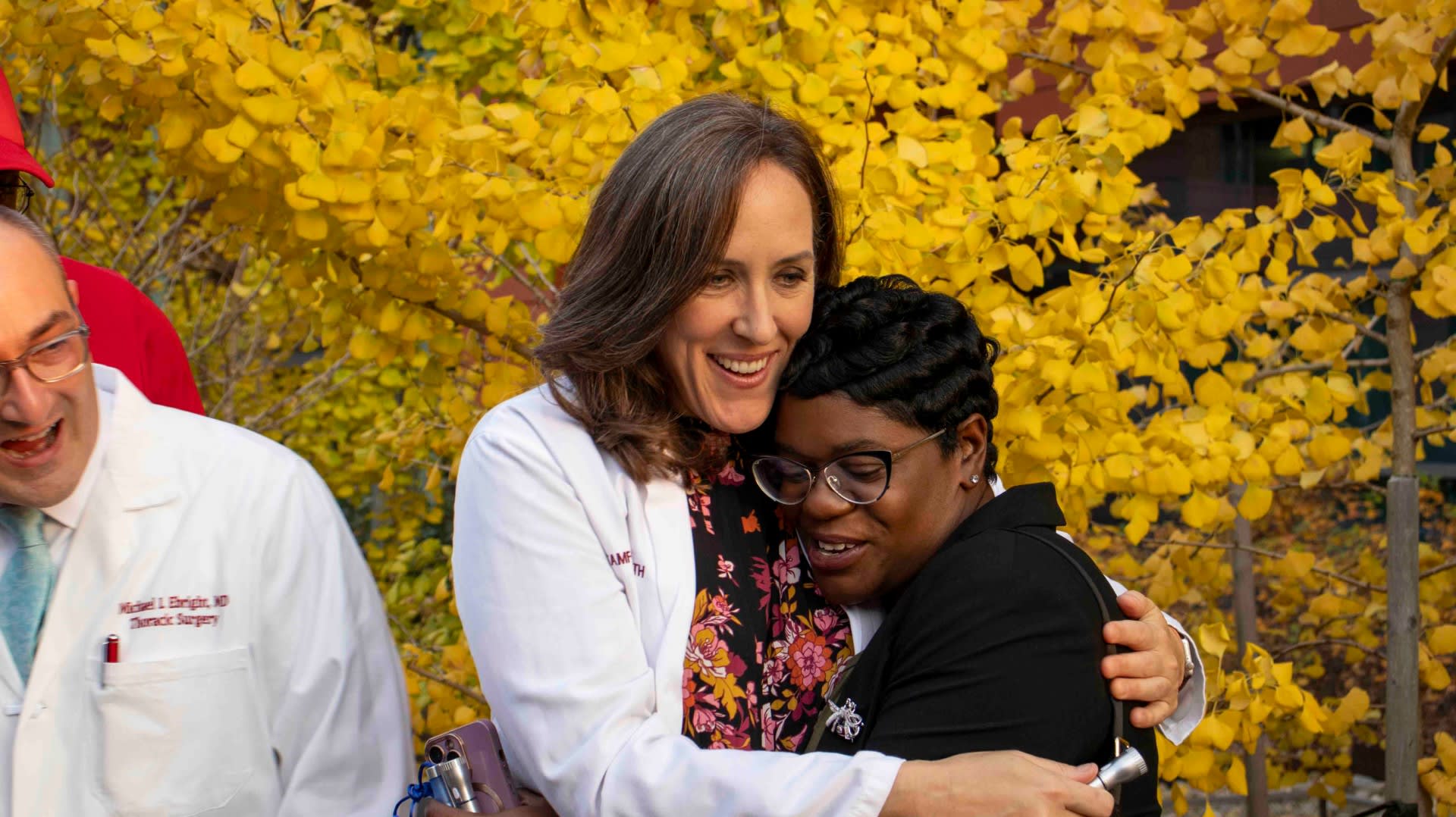Grounding Our Board of Directors in the Complex Work of Caregiving
An adaptation of my submission to the American College of Healthcare Executives: The Governance Institute’s BoardRoom PressI became the President & CEO of Stamford Health, an independent, non-profit health care system in Fairfield County, CT in 2018. At that time, we had recently built a brand new, beautiful 305-bed hospital and we had plans to significantly grow our ambulatory network and medical group. At the same time, we were challenged with a burdensome state tax and needed to make significant technology upgrades, namely a new electronic health record. Non-profit and especially independent health care systems, like Stamford Health, need a strong, invested Board to thrive, and this was an important area of focus for me as our new President & CEO.
Stamford Health is governed by a Board of Directors made up of 15 individuals from diverse backgrounds who are thoughtfully selected and include patients, physicians, business leaders and engaged community members. Our Board, like every Board, plays a pivotal role, as they are tasked with overseeing the mission and strategic direction of our organization and as stewards for the organization in the community. Health care is a complex, intricate system and our Board serves the organization best when we proactively connect them with our work, which we accomplish through a multi-pronged approach.
Invest in Onboarding
First, we ensure each new board member is onboarded comprehensively, to align them with the organization’s mission and operations. Orientation sessions cover topics like governance structures and legal responsibilities but also delve into the history, culture, and strategic priorities of the system. Each board member’s first committee assignment is with the Quality and Clinical Affairs Committee to give them visibility to the work we do.Create Opportunities for Exposure
Throughout each board members tenure, they receive periodic tours through the organization. These firsthand encounters allow board members to witness clinical care, interact with staff, and observe the delivery of services directly. By spending time in different departments, from emergency rooms to the Cancer Center, board members gain a nuanced understanding of the challenges and successes faced by frontline workers. This immersion helps board members understand the context within which decisions are made and fosters a sense of commitment to the organization's mission.Provide Continuous Education
After initial onboarding, continuous education opportunities are embedded into our Board programming. These sessions keep board members informed about emerging healthcare trends, regulatory changes, and advancements in medical technology. Regular workshops, seminars, and briefings ensure that board members remain knowledgeable and proactive in their governance role. A recent education session focused on how we can use AI technology through our electronic health record to support caregivers and free up time spent on documentation and notes. We have also held education sessions about innovation within our system including a tour of our Simulation Lab, lectures on advancement in breast imaging, robotic joint replacement, advanced thoracic diagnostic modalities and value-based care.Reinforce the Mission
Finally, we remind board members of the organization’s mission and impact on the community regularly to reinforce their commitment and sense of purpose. We kick off every Board meeting with a “Mission Moment” bringing in groups from across the organization to talk about significant care challenges, patient experiences or outcomes. Our board recently heard from an OB-GYN office about how they accommodated care for a group of several expecting refugee moms through language services and thoughtful cultural considerations. At another meeting, a multidisciplinary team shared an initiative to make regular cancer screenings more fun and less scary, repositioning an annual mammogram as a “Glammogram.” Sharing these stories underscores the tangible outcomes of the board’s decisions and investments. Celebrating milestones and recognizing the contributions of staff further reinforces a shared sense of accomplishment and pride in the organization's mission-driven work.“Starting each Board meeting with a ‘Mission Moment’ helps ground us in the work we’re supporting. Hearing from staff across the organization highlights how they all have a fingerprint on the work of Stamford Health and reminds me, that for every story we hear, there are countless others that happen quietly, in service of our mission every day.”
– James Thomas, Board Chair, serving since 2022.
To summarize, for a Board to effectively fulfill their duties, it is essential that they have a deep and meaningful connection with the day-to-day operations and mission of the organization. Over time, we’ve evolved our approach, as I’ve heard feedback that being grounded in the mission and the work of the organization helps them make more informed decisions and drive meaningful change. And while we spend time ensuring our Board has the appropriate understanding and expertise on the ‘business’ side of health care, we find that bringing it back to the people – our patients, staff, community - always serves us best. Ultimately, when board members are deeply connected to the work and mission of the organization, they can more effectively fulfill their responsibilities and contribute to the long-term success and sustainability of our health care system.
Key Board Takeaways
To effectively fulfill their duties, it is essential that a Board of Directors have a deep and meaningful connection with the day-to-day operations and mission of the organization.- Invest in Onboarding: Ensure new board members are onboarded comprehensively, to align them with the organization’s mission and operations.
- Create Opportunities for Exposure: Allow board members to witness clinical care, interact with staff, and observe the delivery of services directly to help them understand the context within which decisions are made and foster a sense of commitment.
- Provide Continuous Education: Keep board members informed about emerging healthcare trends, regulatory changes, and advancements in medical technology so that they remain knowledgeable and proactive in their governance role.
- Reinforce the Mission: Tell stories, commemorate milestones, and recognize the contributions of staff that underscore the tangible outcomes of the board’s decisions and celebrate a shared sense of pride in the organization's mission-driven work.
Featured Expert/ Author






